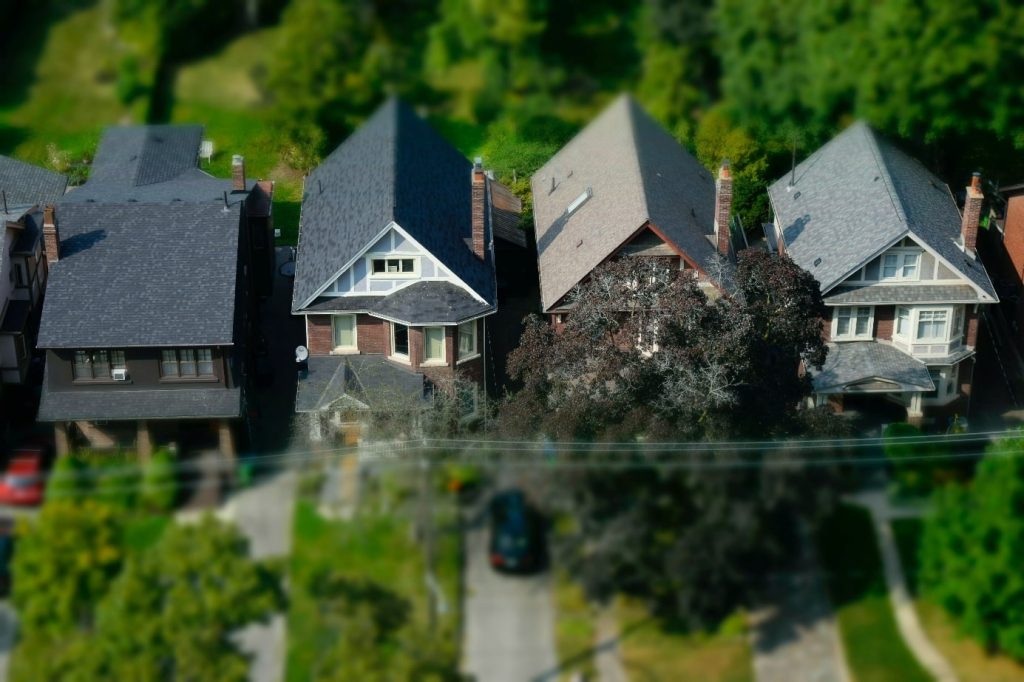By definition, co-ownership is the organization of a built building or a group of built buildings with which ownership is distributed. This distribution is made between two or more people, by batches each admitting a private part and a contribution of the common parts. The term building is distinguished in the broad sense and covers both the buildings themselves and the houses. Co-owners can be physical individuals as well as moral individuals.
Within a joint ownership, it is necessary to know distinguish between common areas and private areas. The private portions are understood to be the specific property of each co-owner who also has exclusive use of them. As a result, all the rooms of a dwelling located in a condominium building are presented as the own property of the co-owner that the other co-owners of the building do not have the authorization to enter there freely. Conversely, the common areas are those which reveal a usefulness for all the co-owners, such as the ground, the access roads and the common service premises. But before buying a condominium, you must first check the following points in order to avoid possible problems.
Summary
Have as much information as possible
Before buying an apartment, you are advised to take as much information as possible on the exact sum of the annual condominium charges and on their evolution in recent years. For this, you must ask the syndicate of co-ownership to provide you with the recent minutes of the general meetings.
It is advisable to look not only at the total, but also at the detail of all expenses by budget item, as well as the expected amount of your participation. Because it is possible that a disproportionate contribution on your part can only be restored with the unanimity of the co-owners. Except, in case of disproportionate imbalance which would prove the referral to the TGI (high court).
Also read: 5 tips for buying a condominium
Prevention of future costs or unbudgeted costs
Before making a purchase, the inspection of the common areas is less important than that of the apartment itself. Therefore, it is recommended to make a careful examination of the condition of the floors, the degree of dilapidation of the elevator as well as the stairs.
It may be interesting after that to establish a relationship between these observations and the content of the minutes of the co-ownership. Indeed, by verifying hypotheses such as: have works of enormous scale just been carried out, have they been recently returned, or are they still currently under negotiation? Can also lead you to otherwise prevent the evolution of condominium fees in the medium term. Generally, it is wiser to bet on a constant increase in expenses and to integrate them into your forecast upon acquisition. Indeed, the regular evolution of standards can lead to unplanned and unbudgeted work.
The consequence of financial management
The character of good or bad payer of each co-owner can have a significant impact, positive or negative, on the cash flow of the co-owner and on his financial health. Upon analysis of the annual accounts recorded at the meeting, the “debtor co-owner” line should theoretically not show a negative balance. This would indicate that the trustee would have difficulty in collecting the contribution of some co-owners, which could then eventually dissuade him from undertaking large-scale but essential work projects.
It is obvious, in this respect, that condominiums made up of several numbers of lessor owners experienced more difficulties than those where the owners reside in the majority of their accommodation. So they feel more involved. On the other hand, the purchase of real estate cannot be made without taking into account the life of the condominium. Problems or poor workmanship, if you discover them, can be used as arguments to negotiate the cost downwards.
Read also: Co-ownership: how the trustee works




